What is the difference between controlled release and slow-release fertilizer?
Fertilizers play a crucial role in enhancing plant growth and ensuring optimal crop yield. Among the various types of fertilizers, controlled release and slow-release fertilizers stand out for their unique characteristics and benefits. In this article, we will delve into the differences between these two types, examining their functionalities, advantages, disadvantages, and key performance indicators.
Controlled Release Fertilizers
Controlled release fertilizers, often referred to as CRF, are designed to release nutrients gradually over an extended period. This controlled delivery mechanism is achieved through the use of coated or encapsulated nutrient granules. The coatings serve as a barrier that regulates the nutrient release rate, allowing for a sustained supply to the plants.
Functionality and Characteristics
Controlled release fertilizers provide a steady and uniform nutrient release, promoting consistent plant growth. The encapsulation technology enables precise control over the release rate, which can last for weeks or even months. This targeted approach minimizes nutrient wastage and leaching, making CRF an environmentally friendly option.
Advantages
Consistent Nutrient Supply: Plants receive a continuous and balanced nutrient supply, reducing the risk of over-fertilization.
Reduced Environmental Impact: Controlled release minimizes nutrient runoff and leaching, contributing to environmental sustainability.
Long-lasting Effectiveness: CRF can sustain nutrient release for an extended period, reducing the frequency of fertilizer applications.
Disadvantages
Higher Initial Cost: Controlled release type fertilizers tend to have a higher upfront cost compared to conventional fertilizers.
Limited Customization: The release rate is predetermined during manufacturing, limiting on-site adjustments based on specific plant needs.
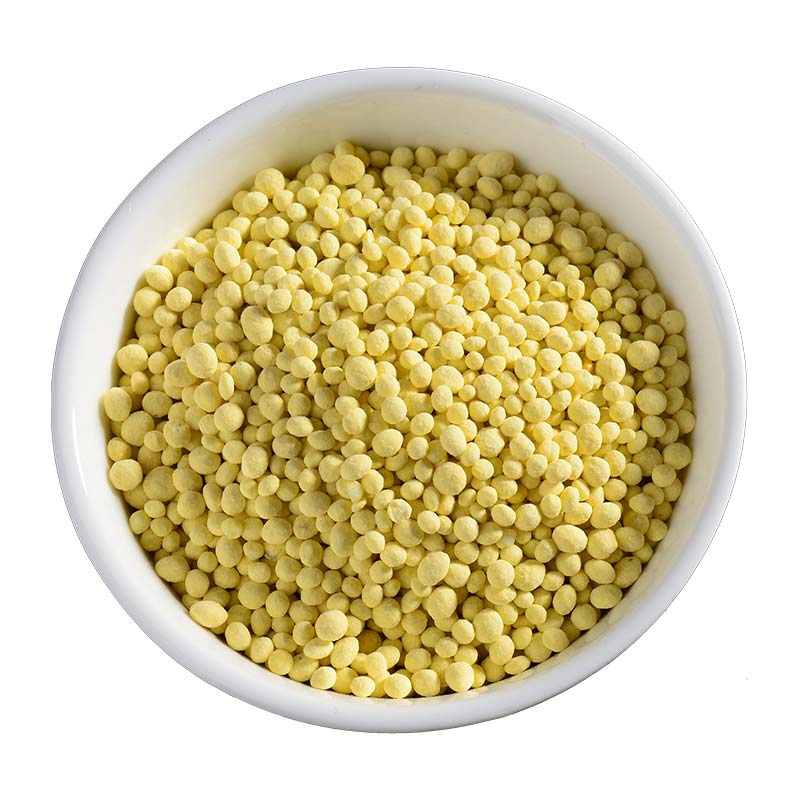
Slow-Release Fertilizers
Slow-release fertilizers, also known as SRM (slow-release materials), function by breaking down gradually to release nutrients over time. These fertilizers are formulated with materials that decompose slowly, providing a sustained nutrient supply to plants.
Functionality and Characteristics
Slow-release fertilizers rely on microbial or chemical processes to break down the materials and release nutrients. This gradual breakdown ensures a prolonged nutrient availability period. Common materials used in slow-release formulations include sulfur-coated urea, resin-coated urea, and various organic compounds.
Advantages
Extended Nutrient Availability: Slow-release fertilizers offer a prolonged release period, reducing the frequency of application.
Cost-Efficiency: Although the initial cost may be higher than conventional fertilizers, the extended nutrient release can result in overall cost savings.
Flexible Application: Slow-release fertilizers can be adapted to various crops and growing conditions, providing flexibility in usage.
Disadvantages
Variable Release Rate: Factors such as temperature and soil moisture can influence the release rate, leading to variability in nutrient supply.
Potential Leaching: In certain conditions, slow-release fertilizers may still be susceptible to leaching, especially if the breakdown process is accelerated.
Key Performance Indicators
When comparing controlled release and slow-release fertilizers, key performance indicators include nutrient release rate, duration of effectiveness, cost-effectiveness, and adaptability to specific crops and environmental conditions.
Characteristic | SK Cote CRF | SCU | IBDU/MU/UF | Nugget | Inhibitors |
Technology | Polymer Coating | Sulphur Coating | Urea Reaction Product Recommended article:Who produces redispersible polymer powder? How to air dry clothes to save money - Reviewed - USA Today Revolutionizing Livestock Farming with Hydroponic Feed - Your Ultimate Guide How to Improve Sand Hopper Design Efficiency What is the process of edge banding machine? DURAFLO Composite Screens The Benefits of Using China hydroxypropyl starch ether | Compression | Nitrification/Urease Inhibition |
Release Mechanism | Diffusion | Rupture of coating | IBDU: Hydrolysis | Smaller surface area | Inhibition of enzymes |
Longevity | 2-24 months | 2-3 months | IBDU: 90 days | 2-4 months | Depends on soil moisture and bacteria |
Release Controlling Factor | Temperature | Microbial activity, moisture, temperature. | Microbial activity, moisture, temperature, pH, organic matter. | Microbial activity, moisture, temperature, pH. | Microbial activity, moisture, temperature, pH. |
Controlled Release | 100% | 40-50% | 20-85% | 30-50% | 0 |
CRF or SRF | CRF | CRF | SRF | SRF | Not Relevant |
In conclusion, both controlled release and slow-release fertilizers offer unique advantages and disadvantages. The choice between the two depends on factors such as cost considerations, environmental impact, and the specific needs of the crops being cultivated. By understanding the distinctions between these fertilizers, farmers can make informed decisions to optimize nutrient management and promote sustainable agriculture.
Cooling Towers: Choosing Between Counterflow and Crossflow
Grow Mushrooms Anywhere: Shipping Container Farm Guide
Is Lost Foam Casting the Future of Sand Treatment Equipment?
Maximize Livestock Feed Efficiency with Fodder Machine Systems
Top 5 Multi-Span Greenhouses for Agriculture
5 Common Myths About Vet Needle Safety
10 Questions You Should Know about Ripening Silo

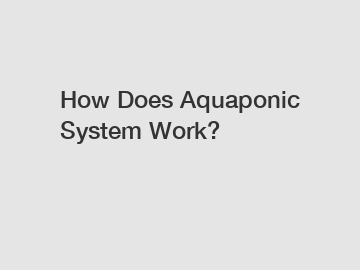
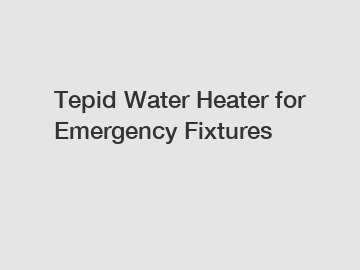

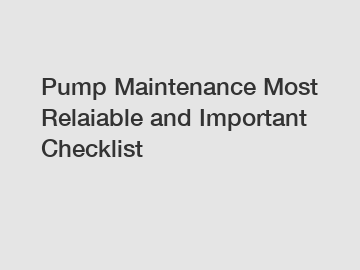
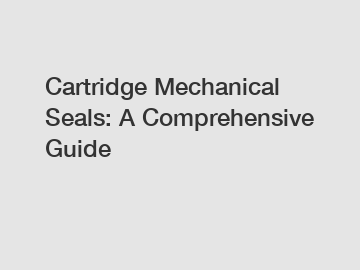
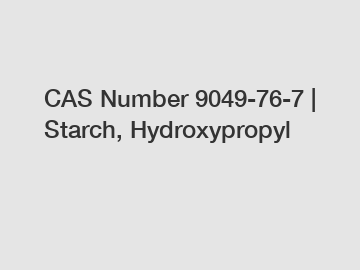
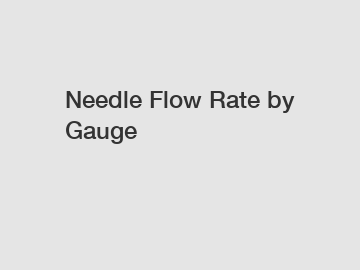
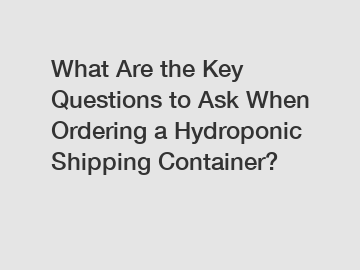
Comments
0